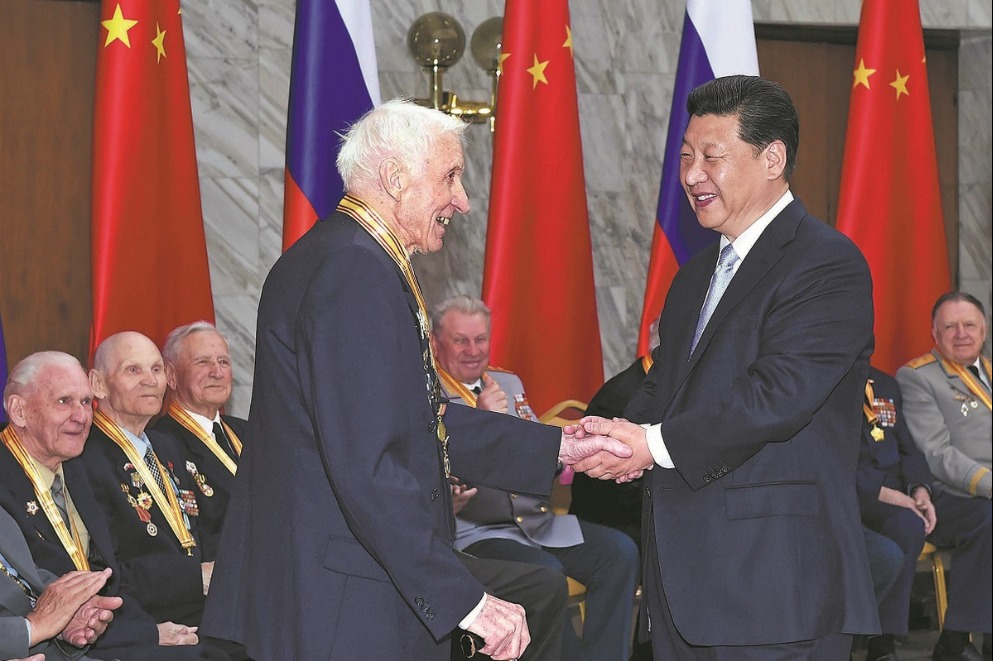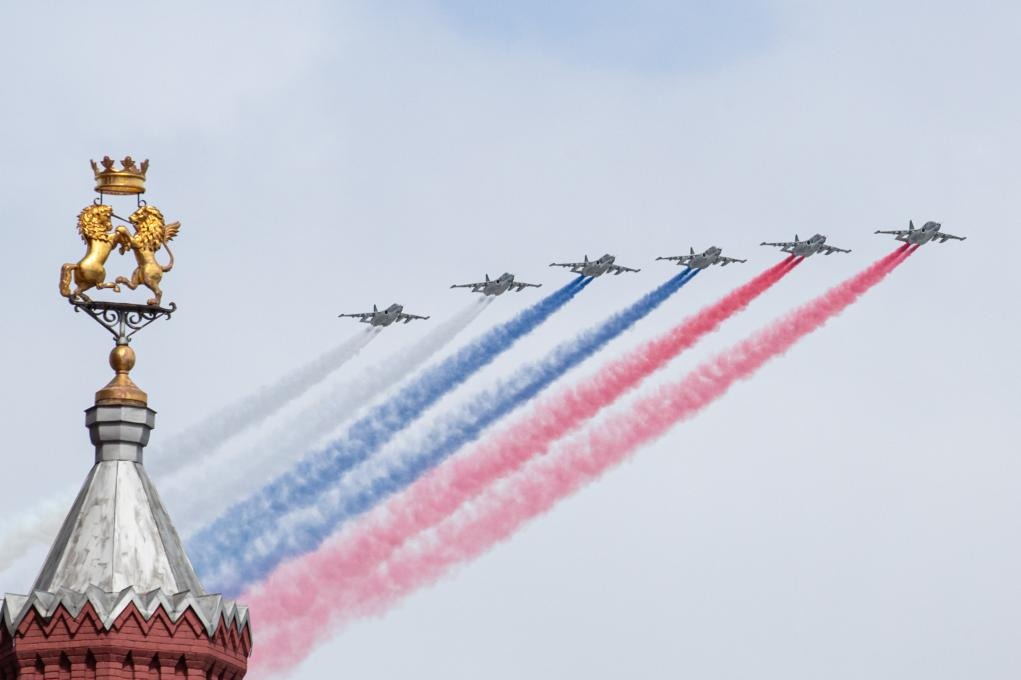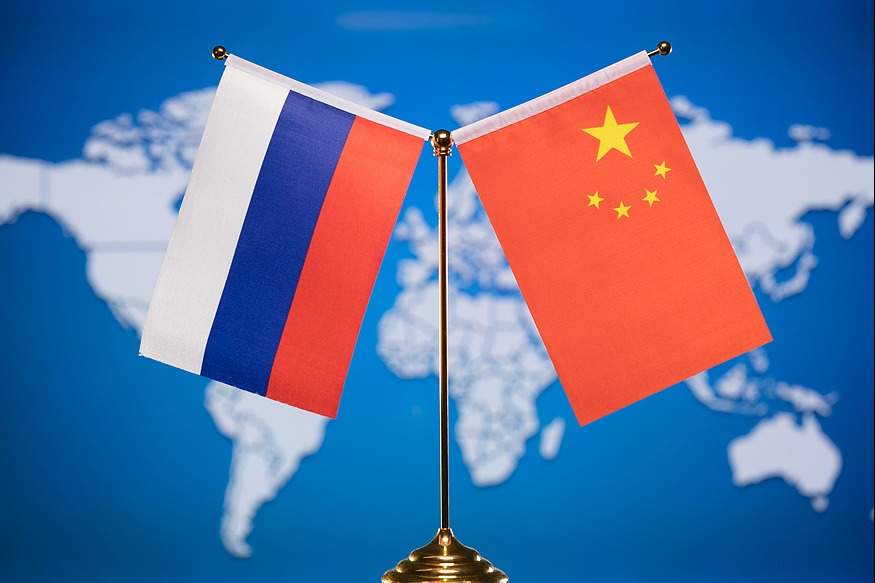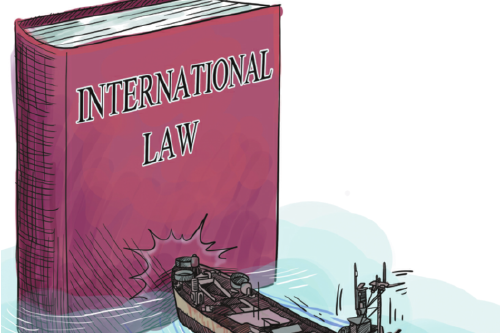China, Russia show trade good for partners

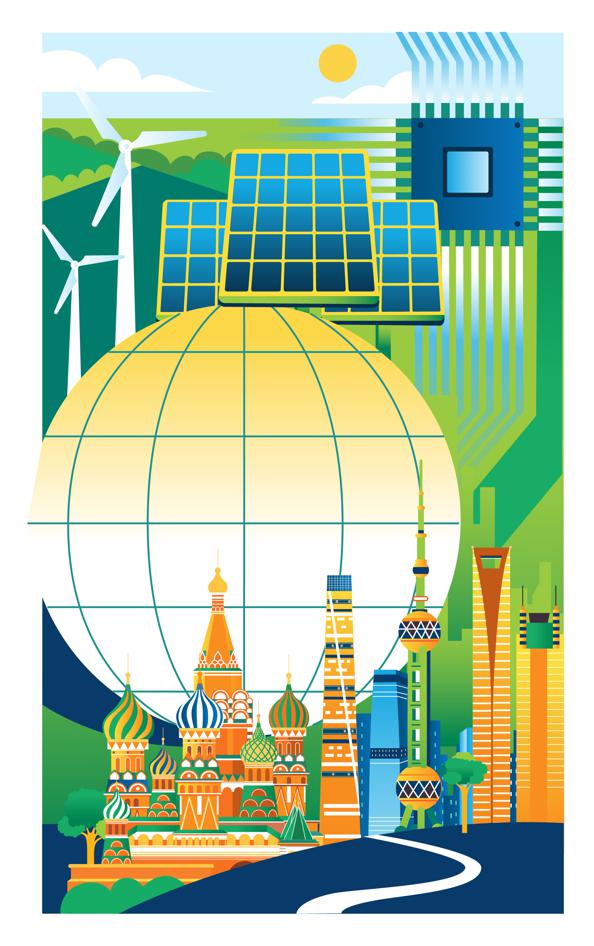
The global economy is plagued by mounting debt, trade and financial imbalances, and the dominance of one geopolitical pole — the United States. This has intensified competition among some global powers seeking to resolve systemic contradictions at the expense of others.
When it comes to the tools of pressure on peripheral economies, economic instruments remain the most significant — unequal trade, imposed monetary policy leading to unfavorable exchange rates, inflated interest rates, constrained money supply, as well as the suppression of high value-added industries.
In fact, we (at the Russian Academy of Sciences) conducted simulations of mutual tariff impacts back in 2018 with our Chinese colleagues during the first wave of the current trade war. Then, as now, the conclusion was clear: there are no absolute winners — only different degrees of damage — in a trade war.
EU member states, being more open, are especially vulnerable to instruments like tariffs and embargoes, more so than the US, China and Russia. Historically, the US trade deficit underpinned the dollar's hegemony and facilitated the US' economic expansion. Reducing it would also reduce global dollar liquidity, weakening the mechanism through which the US extracts technological rent from undervalued currencies worldwide.
The tariff revenues may temporarily bolster the US budget but at the cost of domestic inflation. That would prompt interest rate hikes, which, in turn, would slow down economic growth and increase the cost of servicing the national debt. Hence, short-term gains risk being offset by long-term liabilities.
In 2024, US exports to China declined to $143.5 billion (down 2.9 percent from 2023), while imports from China rose to $438.9 billion (up 2.8 percent), which widened the US' trade deficit to $295.4 billion, a 5.8 percent increase year-on-year. Projections suggest this level will remain stable.
Our model showed China would suffer a GDP loss of 0.2 percentage points due to the trade war. But for the US, the impact would be more severe — at 0.8 percentage points.
Against this backdrop, although it is not an economic relationship against the US, trade between Russia and China has moved far beyond the "resources-for-goods" paradigm. While energy still plays a major role in China-Russia trade, the focus has shifted to agriculture, manufacturing, high-tech, digital infrastructure and green industries. This shift stems not only from geopolitical changes but also evolving internal development models. More importantly, the Russia-China economic partnership increasingly resembles a new macro-regional formation.
According to China's General Administration of Customs, Russia-China trade reached a record $244.8 billion in 2024, up 1.9 percent from 2023.
As European demand for oil declines and green energy demand increases, Russia is diversifying its export routes, with China emerging as not only a key consumer but also a technological partner.
To understand the Russia-China partnership, one must look at the broader transformation of the global economic architecture. We are living through an era of geo-economic fragmentation — the breakdown of globalization into inward-looking macro-regions aiming for self-sufficiency.
The China-Russia partnership offers a closed-loop configuration. China is the industrial and tech core; Russia is the energy and resource base with strengths in defense, energy, and agriculture. Together, the two sides are not merely forming a trade zone, but laying the foundation for a new type of macro-region. The population of China, Russia and their close partner exceeds 1.6 billion.
More importantly, this economic partnership is built not on hierarchy or dependency, but on complementarity. China supplies advanced manufacturing, and Russia anchors resources, logistics and strategic depth. As legacy financial systems erode under the impact of Western sanctions and political risks, Russia and China are shifting to national currency settlements and building their own digital platforms — not just as protection, but as proactive systems.
If the global fragmentation continues, the China-Russia partnership could attract more countries seeking alternatives. This is not an "anti-West" project, but a pragmatic project, rooted in mutual interest, strategic autonomy and development logic in a turbulent era.
The author is a corresponding member of the Russian Academy of Sciences, a professor at and director of the Central Economics and Mathematics Institute of the Russian Academy of Sciences, and a professor at the Lomonosov Moscow State University.
The views don't necessarily reflect those of China Daily.
If you have a specific expertise, or would like to share your thought about our stories, then send us your writings at opinion@chinadaily.com.cn, and comment@chinadaily.com.cn.

















